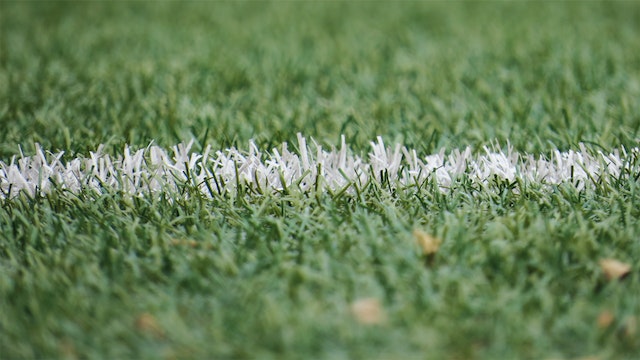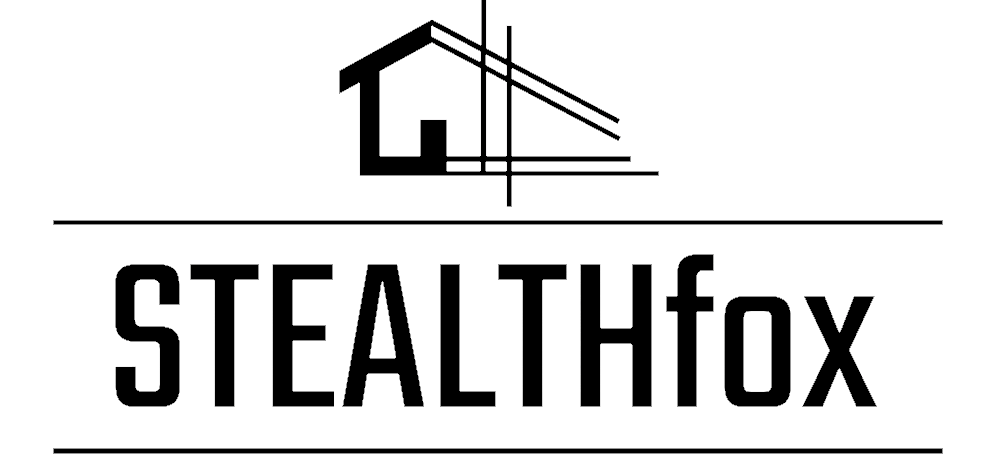
How Turf Is Maintained
Keeping turf healthy requires precision watering and fertilization, especially if the turf is exposed to pests and other challenges. Here are some fundamental guidelines for caring for grass.
Mechanical brushing
Mechanical brushing is a turf maintenance Kent that uses rotating brushes to cut grass and other fine-textured vegetation. The brushes are typically powered by an electric motor, hydrostatic drive, or independent engine. You can use this process in various situations, including aerating golf courses.
Mechanical brushing should be carried out correctly to prevent turf degradation. The process may include infill redistribution, but this is generally only necessary for athletic surfaces or artificial turf exposed to significant wear and tear. Redistribution helps spread the infill evenly across the entire synthetic turf surface and prevents it from becoming too compacted. Compaction can cause a character to look uneven, decrease traction, and make turf susceptible to algae.
Mechanical brushing can also be used to remove embedded dirt or metal. Suction and mechanical brushing may be required in some circumstances. In other instances, removing metallic debris using maintenance equipment with a magnet will be essential. Removing some infill material may be necessary to improve drainage, free up trapped grass fibers, or remove unwanted objects from the infill system.
Suction
Suction is a crucial tool in the maintenance of synthetic turf. Regular cleaning is essential to prevent the growth of algae and moss. It also helps preserve the turf’s physiological properties. Using a suction turbine or a trailing brush helps remove fine dirt particles. Alternatively, an air-filtration system can be used to collect light debris. These appliances are attached to the front of the turf and remove debris from the turf.
Suction systems are based on a large filter box that collects dirt and loose turf fibers. They have a proven extraction system that automatically cleans and evacuates the filter unit.
The result is a pristine playing surface.
Infill-return system
A sound infill-return system can make a massive difference in turf maintenance. It allows you to re-fill your field with a lower infill volume, leading to a safer, playable, and more attractive area. The frequency of infill replenishment depends on how much time your field is used.
To ensure that your turf remains in good condition, you must regularly rake off the coarse dirt that can affect its appearance. It can include leaves and stones. Then, use a rotary brush with an adjustable vibrating screen to separate the dirt from the filling material. Afterward, a metering device returns the filling material to the turf. You should also ensure that the infill material is consistently applied to the area you want to maintain.
Push brooms
Push brooms can be valuable to your turf maintenance equipment, especially if you have a small lawn or area to cover. They are an excellent option for brushing out grass fibers and can be used to level out the sand in a putting green. In addition, push brooms to help clean up debris left behind on the turf from heavy rains.
Power brooms can also be used for turf maintenance. These brooms spin at high speeds and collect debris in a single pass, making them far more effective than manual brooms. In addition, power brooms are less likely to damage artificial turf than manual brooms.
Antimicrobial Turf Backing
Antimicrobial turf backings are made with a special additive that prevents microbial growth. These additives offer round-the-clock security and are included in the grass during manufacture. By destroying a microbe’s DNA, cell membrane, or protein, they prevent it from growing. As a result, it guards your lawn against developing dangerous germs, mold, and mildew.
In some cases, you can use antimicrobial turf backings on natural grass.
Another benefit to antimicrobial turf backing is that it reduces pet urine odor. It does this by drawing out gases that give off an unpleasant odor. In addition, antimicrobial turf backings are beneficial for pet areas because they reduce the growth of bacteria and mold.





